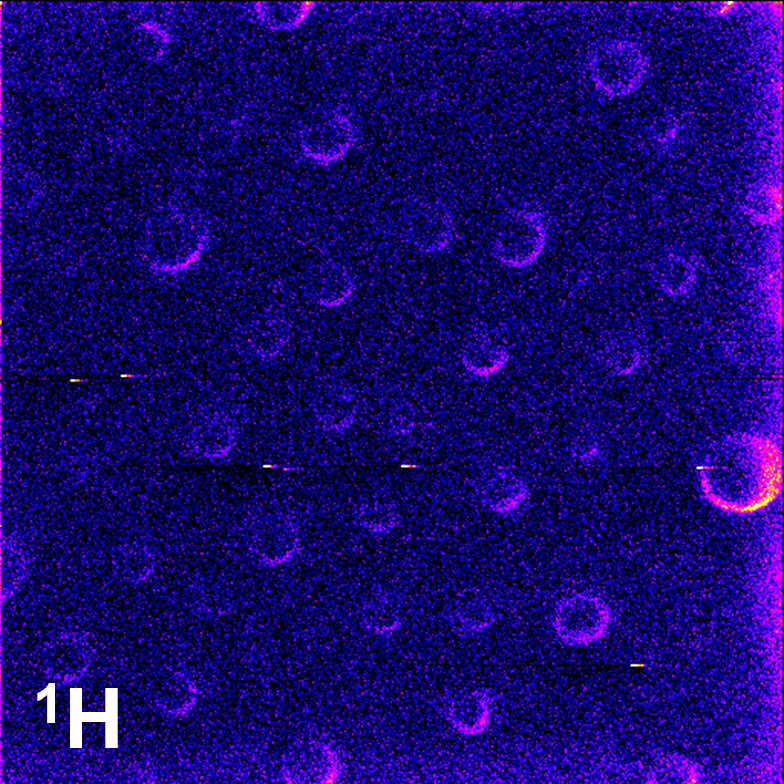Introduction
Harnessing Nanostructured Materials: Revolutionizing Green Technology for a Sustainable Future
Green technology refers to innovative solutions designed to address environmental challenges while minimizing negative impacts on ecosystems. It includes renewable energy sources like solar and battery power, sustainable manufacturing practices, and eco-friendly materials. Green technology aims to reduce carbon emissions, conserve resources, and promote biodiversity.
By integrating technology with environmental sustainability, we can create a cleaner, healthier planet for future generations. In specific, the exploitation of physical properties of nanostructured materials can improve the efficiency of solar cells or batteries.
By integrating technology with environmental sustainability, we can create a cleaner, healthier planet for future generations. In specific, the exploitation of physical properties of nanostructured materials can improve the efficiency of solar cells or batteries.
Application
Solar cells
Solar cells, also known as photovoltaic cells, are devices that convert sunlight directly into electricity using the photovoltaic effect. They are made from semiconductor materials like silicon, which absorb photons from sunlight and generate an electric current. Solar cells play a crucial role in renewable energy production by harnessing solar radiation to generate clean electricity without emissions. They are widely used in solar panels for residential, commercial, and industrial applications, contributing to sustainable energy solutions and reducing reliance on fossil fuels. Ongoing research focuses on improving efficiency, durability, and affordability to accelerate the adoption of solar energy globally.

SIMS map displays the distribution of Pb, Ti, and 133Cs in a perovskite crystal

Au+ ion beam induced SE image of a Rubidium enriched solar cell. The image shows excellent spatial resolution and outstanding surface details

The correlation of the SE image with the SIMS signal reveals that Rubidium is clearly segregated in the grain boundaries
Application
Battery research
Battery research focuses on developing advanced energy storage technologies to meet increasing demands for portable electronics, electric vehicles, and renewable energy storage systems. Scientists are investigating new materials and chemistries to enhance battery performance, including energy density, lifespan, and safety. Key areas of study include lithium-ion batteries, solid-state batteries, and flow batteries. Research efforts aim to improve charging speeds, reduce costs, and minimize environmental impacts. Innovations in battery technology are crucial for transitioning to a low-carbon economy and achieving sustainable energy goals. Ongoing research collaborations between academia, industry, and government agencies drive progress in next-generation battery technologies.


Negative SIMS signal of 1H and 2H visualizing the Hydrogen and Deuterium distribution in the polystyrene


Negativ SIMS signal of the 12C-12C molecules visualizing the polystyrene phase


Negative SIMS signal of the 16O distribution visualizing the PMMA phase
Application
Hydrogen
Hydrogen plays a pivotal role in fuel cell technology, offering a clean and efficient energy source. Fuel cells convert hydrogen and oxygen into electricity and water, emitting only heat as a byproduct. Hydrogen is produced through various methods, including electrolysis of water using renewable electricity or steam reforming of natural gas. Efficient and scalable hydrogen generation is essential for widespread adoption. Hydrogen storage remains a key challenge due to its low density and high volatility. Research focuses on developing safe and compact storage solutions, such as metal hydrides and carbon-based materials. Advancements in hydrogen technology hold promise for decarbonizing transportation and energy sectors.

Metalens structure using efficient formula based patterningMetalens structure using efficient formula based patterningMetalens structure using efficien

150 nm gate in PMMA (bi-layer)

Freestanding multi-terminal graphene device M. Kühne, MPI Stuttgart, Germany
Application
Sustainable semiconductor materials
Sustainable semiconductor materials are designed to minimize environmental impact and resource depletion during their lifecycle. This includes materials used in semiconductor devices like integrated circuits and solar cells. Sustainable approaches focus on reducing hazardous substances, optimizing energy consumption during manufacturing, and implementing recycling or reuse strategies. Examples of sustainable semiconductor materials include gallium nitride (GaN) for efficient power electronics and thin-film photovoltaics based on non-toxic materials like copper indium gallium selenide (CIGS) or organic semiconductors. Developing sustainable semiconductor materials is critical for advancing clean technologies and reducing the environmental footprint of electronics manufacturing and energy production.

Metalens structure using efficient formula based patterningMetalens structure using efficient formula based patterningMetalens structure using efficien

150 nm gate in PMMA (bi-layer)

Freestanding multi-terminal graphene device M. Kühne, MPI Stuttgart, Germany